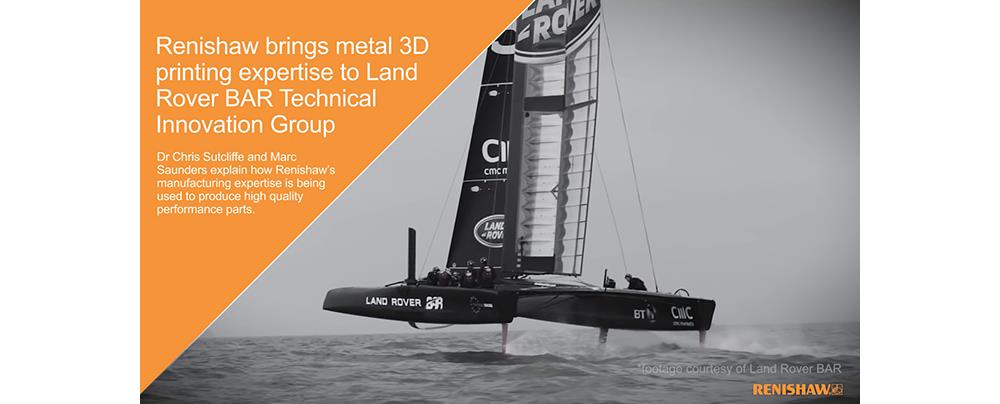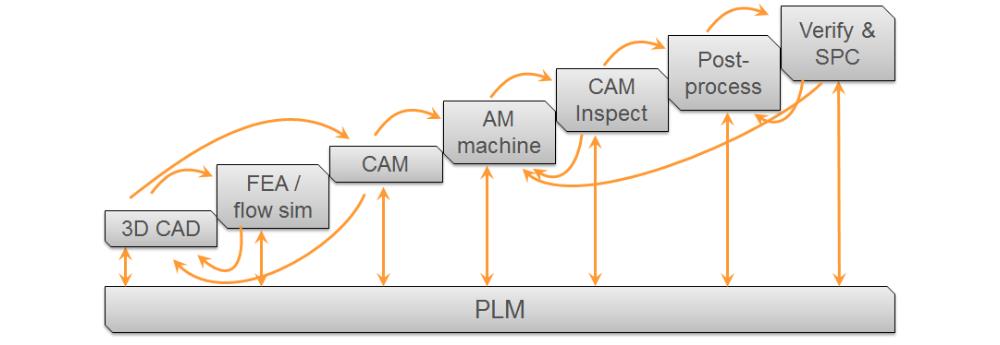현재 사용 중인 언어로는 이 페이지를 사용할 수 없습니다. Google Translate을 사용하여
자동 번역된 페이지
를 볼 수 있습니다. Renishaw에게는 이 서비스를 제공할 책임이 없으며 번역 결과를 저희가 확인하지도 않았습니다.
추가로 도움이 필요하시면
저희에게 연락해 주십시오.
Blog post: Chain of tools - creating a process chain for Additive Manufacturing
Marc Saunders
Director - Global Solutions Centres at Renishaw, accelerating adoption of additive manufacturing (metal 3D printing)

13 April 2016
Productivity in modern manufacturing derives from a Design for Manufacture methodology, combined with standardised processes in which process variables are systematically eliminated or controlled.
At Renishaw, our machine tools run for over 140 hours each week, with automated process feedback enabling minimal manning levels and almost zero defects.
To be useful, every manufacturing process needs an effective chain of tools that work together to design, prepare, produce, control and verify the output. Variation creeps into processes from a wide range of sources, and the secret to productivity is an obsessive focus on identifying how variation can arise, and either designing it out of the process, or controlling it tightly if that's not possible.
A good process chain therefore encourages design around the most appropriate and controlled processes with user-friendly tools. It also supports multi-disciplinary teams to make the right decisions early, based on knowledge gained from good process data.
Additive manufacturing (AM) is no different to conventional subtractive manufacturing in this respect. AM is not an island: producing near-net shape parts is nowhere near enough when you're looking in a production context. Anyone who promises that AM can make you anything you want is not telling the whole truth - few parts on exhibition booths are in the raw state that they emerged from the AM machine.
Albeit immensely powerful, AM must be underpinned by an effective process chain with user-friendly design tools and a range of post-processing and metrology before the parts it makes can be used in anger. Information must flow up and down the chain to link processes together.
It is this end-to-end process chain; from design for AM, through the build process and on to gauging, machining and inspection. Each process step is supported by Renishaw equipment and software.







